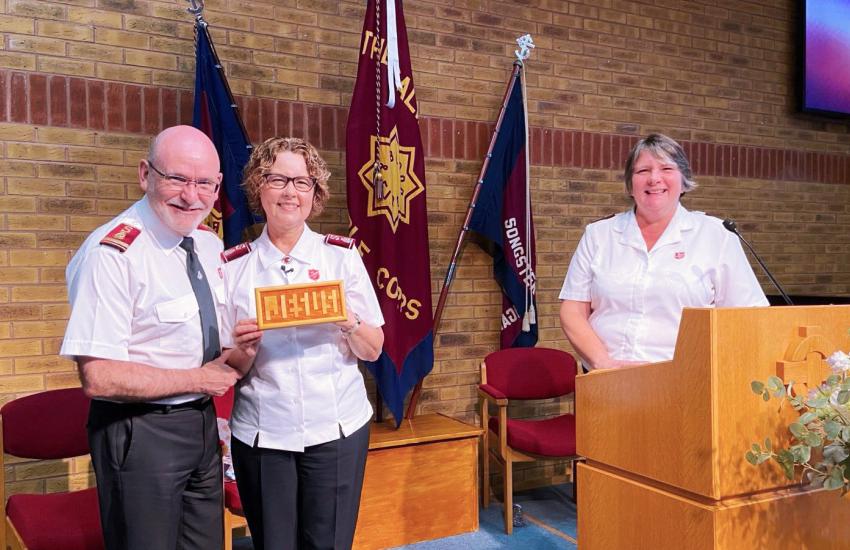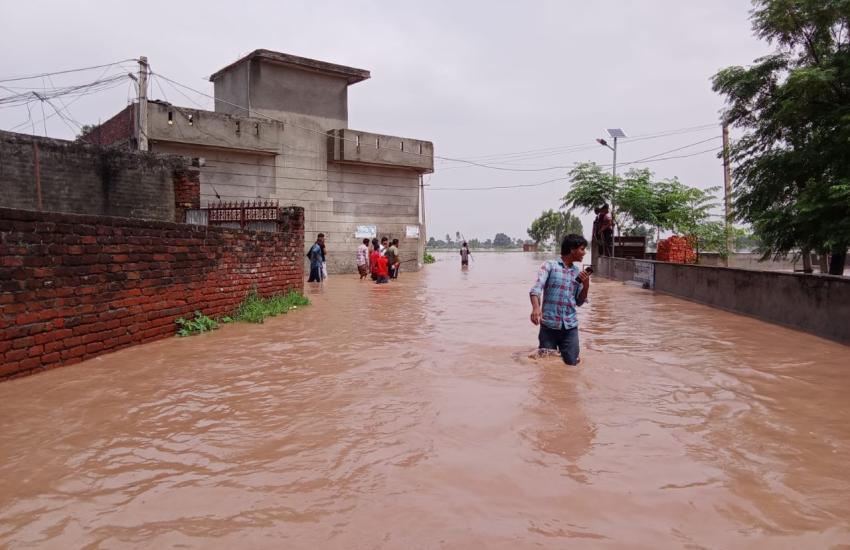SALVATION Army emergency personnel in the typhoon-hit city of Tacloban, The Philippines, and other devastated areas in the Visayas Islands are seeing signs of hope emerge as relief goods, medicines and other aid starts to reach the people. The Salvation Army is continuing to provide essentials, and is working in conjunction with local authorites and other agencies.
While The Salvation Army's Social Services Department coordinates the preparation and transport of relief goods, Major Reynaldo Magat (Central Philippines Division) and Damaris Frick (International Emergency Services) are leading a team of officers and Salvationists in Tacloban. They are collaborating with other agencies and preparing for the actual distribution of goods. One of the main priorities is to find storage facilities, and viable options are being explored. Personnel from The Salvation Army's Visayas Islands Division are spearheading relief operations in other affected areas.
The Salvation Army's response goes beyond the provision of emergency supplies. In the aftermath of Typhoon Haiyan many people still need medical assistance. The medical services in the affected areas are unable to cope and have requested external support. The Salvation Army has been asked by the authorities to work in the Baybay area in partnership with the District Hospital.
The Salvation Army in The Philippines has medical personnel, and they will work with medical staff from the Christian Medical and Dental Association of the USA (CMDA), whose participation has been arranged through a partnership with The Salvation Army USA. The Chief Executive Officer of CMDA, Dr David Stevens, will fly to The Philippines this week to lead the first team and assess needs.
Together, medical personnel from The Salvation Army and CMDA will identify which medical supplies and equipment are required, looking to purchase as much as possible in The Philippines. The project will also look to bring in other medical personnel – where possible, from The Philippines – and a vehicle will be purchased to assist with transport of staff and all necessary supplies to Baybay and other areas.
The transportation of large amounts of relief supplies continues to cause concern. The Salvation Army is still waiting for cargo space to fly 54 tons of food, water and medical supplies from Manila. Other possible transport methods are still being explored, and John Graham, a trustee of the Propeller Club of Manila, has offered one of its vessels to transport goods and equipment to Tacloban on 29 November. The Propeller Club of Manila is a maritime institution that also trains young Filipinos for seafaring jobs.
Until the supplies arrive, the Salvation Army team in Tacloban continues to find other avenues of service, most recently by providing meals and counselling to people waiting to evacuate Tacloban by air or sea. Damaris reports: 'The number of people waiting for evacuation is slowly decreasing,' but she believes that this will be a useful ministry for at least a few more days.
'We're only giving out water and sandwiches – it's very simple,' she adds, but with the understanding that this basic act is a vital help to desperate people. She reveals that since the Salvation Army team began their ministry at the airport they discovered that, in the days immediately after the disaster, two people died at the airport because of the lack of food and drink.
Away from Tacloban a response is also under way to support evacuees as they arrive at the airport in Cebu and at Villamor Airbase in Manila, where The Salvation Army was one of a number of organisations that greeted thousands of people who had survived the typhoon. The demonstration of love and concern was overwhelming. After feeding the survivors, they were led to first aid or counselling areas.
Based on a report by Major Elsa Oalang





